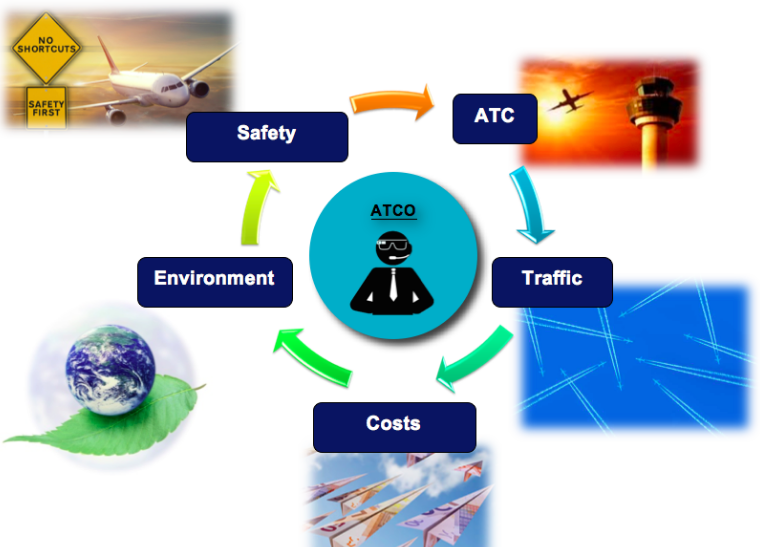Impacts
Target:
Controller tasks that are negatively affected by poor visibility conditions, such as bad weather, fog, smoke, dust or any other kind of environmental occlusion, will become weather-independent.
Controller head-down equipment (e.g. radar screens, meteorological displays, e-Strips, etc.), that contributes to operators’ workload and disorientation, will filter only relevant information to be displayed on a single, head-up view.
Output:
a 3D airport digital model will be developed, along with V/AR based human-computer interfaces, for the Air Traffic Control (ATC) service provision by the airport control tower.
Investigation of the impact of the newly conceived tools on the control tower air traffic management procedures.
The digital model will provide controllers with precise positioning for both aerial and terrestrial objects, drawing information from multiple, simulated, data sources, such as the System Wide Information Management (SWIM) network, Remote Towers sensing technologies and other well-established surveillance systems – e.g. Airport Surveillance Radar (ASR) and the Surface Movement Radar (SMR) . Within the digital model, a symbolic representation of meteorological data, such as wind, wind shear, wake vortexes, and other weather related information will be given, allowing for increased safety and reduced separation on final approaches or departures.
Expected impacts:
Significant benefits are expected for the whole aviation system, including, but not limited to (a) financial savings for carriers and ANSP, (b) increased safety for passengers, (c) environmental pollution reduction, and (d) increased resilience and efficacy for the control tower IT systems.

